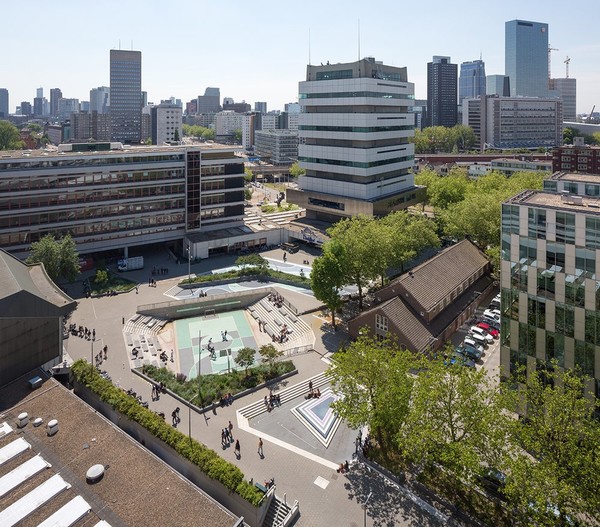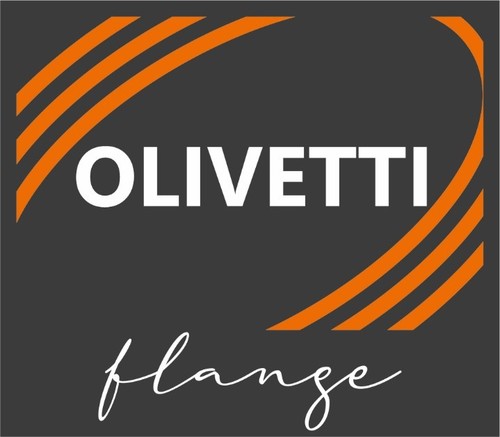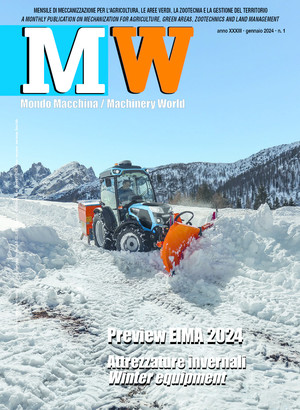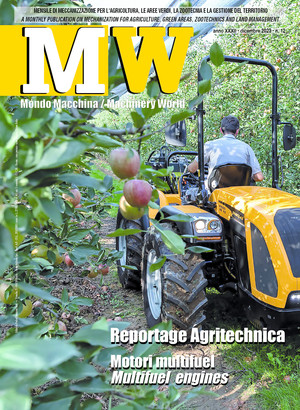
Climate change and urban greenery
High temperatures, prolonged droughts, extreme weather events. Cities are increasingly vulnerable and exposed to the effects of climate change, but careful design of urban greenery can help mitigate them, reducing - for example - the heat island and improving water resource management
Current climate change makes cities increasingly vulnerable to the effects caused by high temperatures (heat islands) and prolonged dry periods (summer and winter), which create water supply problems; and floods, linked to sudden heavy rainfall (water bombs) and melting glaciers, as well as an unregulated river network and excessive overbuilding. To make cities increasingly resilient to these phenomena, the development model must be reviewed. Among the measures to be implemented, more attention must be paid to the quality and management of urban greenery, road paving and water management. It is time to make forward-looking choices, bearing in mind that climatic conditions have changed and are changing.
Urban greenery and new plants
The presence of greenery in increasingly populated cities is fundamental for improving the quality of life and mitigating the effects of climate change, thanks to the ecosystem services it can produce. It is therefore crucial to increase green in urban and peri-urban areas in its different forms, including vertical forest. However, the choice of the type of greenery and the species to be used can no longer be made by relying on decisions made in the past, with the conviction that plants that have been present for many years are the most suitable. This is because high temperatures and prolonged droughts have proven to be incompatible with certain species of plants traditionally used for built-up areas. Among the actions to combat climate change, the European Forestry Strategy envisages the planting of 3 billion trees by 2030 mainly in urban and peri-urban areas. This is not an easy goal to achieve, as this implies, on the one hand, knowing well the dynamics of the changes taking place and its effect on the chosen species and/or cultivars, and on the other hand, having the growth of the planted trees under control, thus reducing consumption and avoiding water wastage. When choosing plant material, plants suitable for living in environments characterised by long periods of drought and high temperatures should be used. Water wastage can be eliminated, or at least significantly reduced, for example, through knowledge of the water status of the soil in the vicinity of the plants' root system. This can be obtained by tensiometric measurements, using three probes placed in the soil at different depths that measure the variation of electrical resistivity based on soil moisture. This value is expressed in bar. The lower the measured value, the higher the soil moisture. For each type of soil, there is a relationship between the tensiometric measurement and the water content and thus also the availability for the plant. The data transmission is automatic, which allows irrigation to be carried out in a timely manner, adjusting irrigation frequency and water dosage more effectively. These tensiometer stations are left for 2-4 years after planting. The irrigation is done with tankers, delivering 100-150 litres per plant and per instance. This is a solution that safeguards plant life and avoids wasting water.
Permeable road pavements
Drainable road pavements allow street water to drain away diffusely and not only into manholes, thus preventing street flooding and clogging of the grey water drainage network and, consequently, also the clogging of the sewage treatment plant. This solution can also counteract heat islands. By making the surface impermeable, classic road asphalt not only prevents the percolation of rainwater that is channelled through manholes, but also affects the increase in atmospheric temperature. Draining road surfaces combined with irrigation systems, on the other hand, reduce the local temperature by several degrees. A few years ago, the city of Toulouse conducted an experiment with pavés rafraichissant, i.e. a draining pavement combined with a drip irrigation system fed with collected rainwater. After one year, this paving was found to reduce the temperature by as much as 5 degrees during the peak heat period. This type of paving costs more than normal surfaces (about 20 per cent), but it brings quality of life gains. There are two types of draining road pavements: wide joint and porous. Wide joint paving, made of stone material, allows water to drain over an area of 10% of the total coverage. With this solution, water penetrates the permeable joints and is generally recovered and stored. Porous pavements are made with the use of suitable concrete and penetration occurs over the entire surface. Also in this case, water collection and storage can be achieved through drainage pipes. Both solutions must rest on a draining substrate.
Water resource management
The water resource is affected by climate change, i.e., prolonged droughts, and thus water shortages, extreme events and severe flooding. It is therefore a question of finding water-saving measures and flood and heavy rainfall mitigation measures. Water saving must be pursued with an integrated management of water resources. This must take into account the different uses and which will almost certainly impose limitations on the use of drinking water for irrigating green areas and for other uses. It should be noted that Italy ranks first in Europe for drinking water consumption. Water for irrigation does not need to be of high quality, so alternative sources can be used, such as grey water and purified wastewater, and rainwater harvesting and recovery. Rainwater has a low salinity and can be used for various applications for which fresh water is required: not only for irrigation, but also for laundry, flushing toilets, industrial processes, etc. In our country, only 11% of rainwater is collected, compared to 30% in Spain. The design of a rainwater harvesting system is based on: the size of the harvesting area; the likely distribution and intensity of rainfall; and the use that will be made of the harvested water. Generally, collection is done from non-contaminated surfaces, such as terraces, roofs and balconies. There is no lack of experiments and practical applications in this field. In Turin, for example, as part of the City Water Circles pilot project, financed by the European Union, a roof garden and an aeroponic greenhouse have been created on the terrace (70 square metres) of a building used as a youth hostel. Rainwater is collected and stored in a cistern, which is then used to irrigate the garden and the aeroponic greenhouse. In addition, the roof garden mitigates the temperature inside the hostel. It is an educational example for the guests and one that, if applied on a large scale, will not fail to give good results to the entire community.
Rain gardens are also interesting, allowing for the sustainable management of weather flows. They consist of slight depressions in the ground intended for greenery and covered with drought- and water-resistant herbaceous plants. They are capable of managing rainwater from roofs, pavements and roadways, reducing its run-off and allowing it to be channelled into the sewer system or storage tanks for reuse after appropriate treatment. The drainage time of the collected water must not exceed 12-24 hours. The drainage structure is made up as follows: at depth, a layer of coarse gravel, followed by a layer of finer gravel and a surface layer consisting of 50-60% sand, 20-30% organic compost and 20-30 of site soil. Water squares have also been created with the aim of retaining rainwater for use when needed, thus avoiding flooding. These are multifunctional public spaces that remain dry for a good part of the year. However, following heavy rainfall, they turn into water basins for a defined period that, for hygienic reasons, does not exceed 32 hours. With light rainfall they collect rainwater in special cisterns and then reuse it. With heavy rain they turn into settling basins.
Even in the event of flooding, they retain their leisure character for citizens. In Rotterdam there is the Benthemplein water square, which can store 1700 cubic metres of rainwater.








